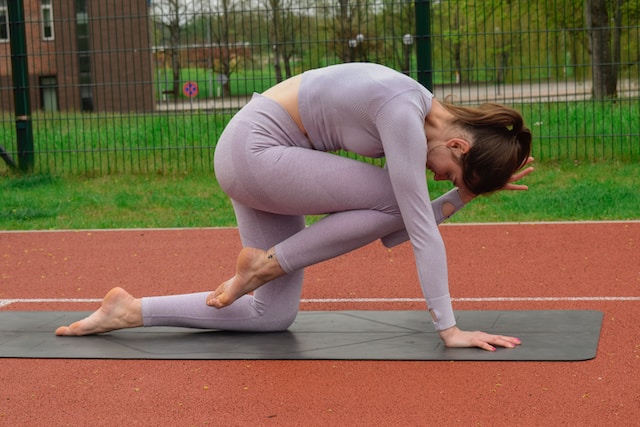Knee replacement surgery has transformed the lives of countless individuals, offering relief from chronic pain and improved mobility. However, the road to a full recovery requires dedication, patience, and a well-structured rehabilitation program. In this comprehensive guide, we will explore the importance of rehabilitation and exercise after knee replacement surgery, providing valuable insights and practical
Knee replacement surgery has transformed the lives of countless individuals, offering relief from chronic pain and improved mobility. However, the road to a full recovery requires dedication, patience, and a well-structured rehabilitation program. In this comprehensive guide, we will explore the importance of rehabilitation and exercise after knee replacement surgery, providing valuable insights and practical tips to help patients reclaim their lives.
Understanding the Rehabilitation Process:
Following knee replacement surgery, the rehabilitation process plays a crucial role in restoring strength, flexibility, and function to the knee joint. This typically involves a combination of supervised physical therapy sessions and a home exercise program tailored to the individual’s needs.
Phase 1: Early Recovery
During the initial phase, the focus is on reducing pain and swelling, promoting wound healing, and regaining range of motion. Physical therapists guide patients through gentle exercises such as ankle pumps, heel slides, and assisted knee flexion. These exercises help increase blood circulation, prevent stiffness, and lay the foundation for further progress.
Phase 2: Rebuilding Strength
As the knee becomes more stable, the emphasis shifts towards rebuilding strength and improving overall function. Physical therapists introduce exercises targeting the quadriceps, hamstrings, and calf muscles to promote muscle development and enhance knee stability. Examples include leg presses, step-ups, and resistance band exercises. It’s important to gradually increase resistance and repetitions under professional guidance to prevent injury.
Phase 3: Enhancing Flexibility and Mobility
During this phase, attention is given to improving flexibility and range of motion. Stretching exercises for the quadriceps, hamstrings, and hip flexors are incorporated to maintain joint mobility and prevent muscle tightness. Patients may also engage in activities such as yoga or Pilates, which promote flexibility and overall body strength.
Phase 4: Functional Training
The final phase focuses on functional training to help patients regain their ability to perform daily activities with ease. This includes balance and stability exercises, such as single-leg stands and tandem walking, to enhance coordination and prevent falls. Additionally, patients are encouraged to practice movements relevant to their specific needs, such as stair climbing or getting in and out of a car.
The Power of Exercise After Knee Replacement:
Regular exercise is vital for long-term success and maintenance of the knee replacement. Apart from the prescribed rehabilitation program, patients are encouraged to adopt an active lifestyle that includes low-impact aerobic exercises, such as swimming, cycling, or brisk walking. These activities improve cardiovascular health, aid in weight management, and promote overall well-being.
Finding Balance and Support:
Throughout the rehabilitation process, it’s crucial to strike a balance between challenging oneself and avoiding overexertion. Every patient’s journey is unique, and it’s important to listen to the body’s signals. Discomfort is expected, but pain should be addressed promptly with the guidance of healthcare professionals. Proper nutrition, hydration, and ample rest are also integral components of a successful recovery.
Remember, this guide serves as a general overview, and individualized advice from healthcare providers should always be sought. They will consider the patient’s specific needs, medical history, and progress to devise a tailored rehabilitation plan.
By committing to the rehabilitation process and embracing exercise, patients can regain their independence, eliminate pain, and experience a significant improvement in their quality of life after knee replacement surgery. The journey may be challenging at times, but with determination and support, individuals can triumph over adversity and discover the joy of pain-free mobility once again.
Sources:
- American Academy of Orthopaedic Surgeons (AAOS)
- Mayo Clinic
- Arthritis Foundation























Leave a Comment
Your email address will not be published. Required fields are marked with *